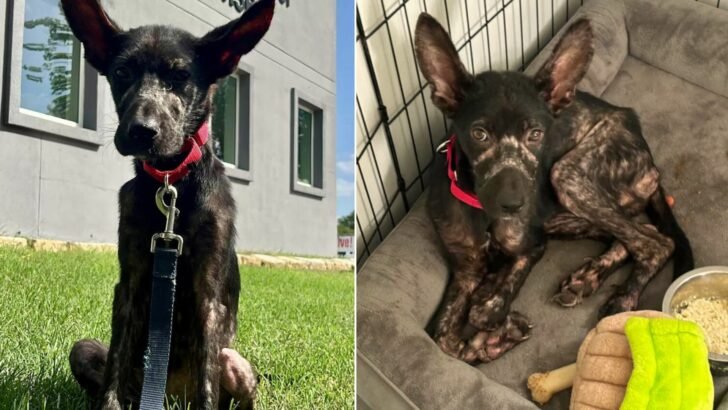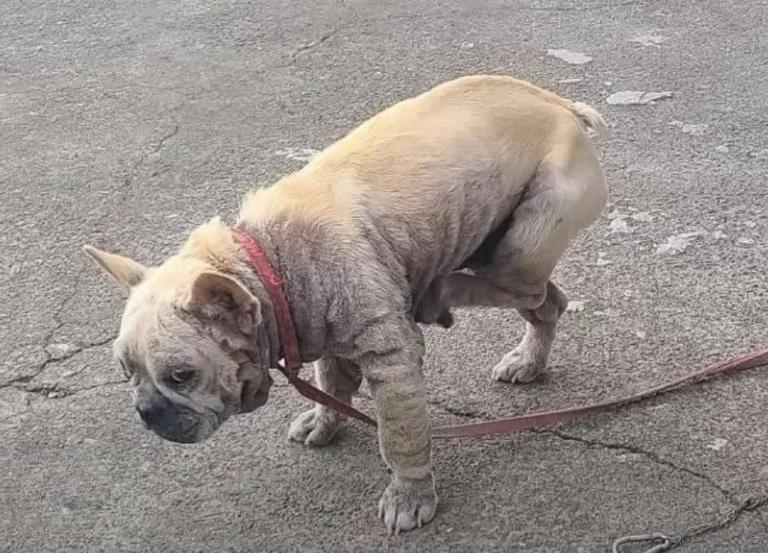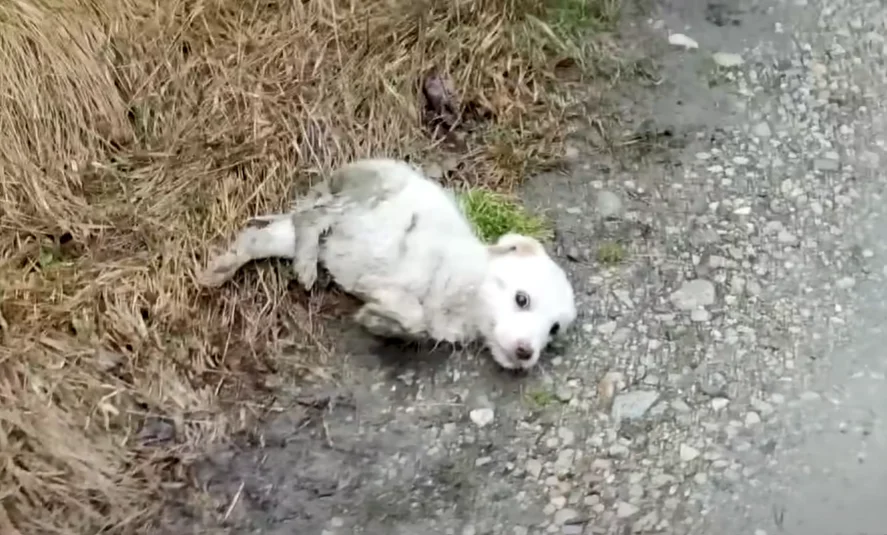Understanding and Managing Dog Aggression
Dog aggression is a serious behavior that can pose significant risks. The signs of aggression, such as snapping, snarling, lunging, and barking, are noticeable and often distressing for dog owners. Living with a dog that displays these behaviors can be very stressful and may strain the bond between you and your pet. Aggression can also lead to the dog being isolated from people and other animals. While aggression is relatively easy to recognize, defining and understanding it can be more complex. What exactly constitutes dog aggression, and what motivates it?
Defining Dog Aggression
Dog aggression is often recognized by its observable behaviors, but its definition can vary. Ethologists might describe it as behavior aimed at reducing competition, while other experts may define it as any harmful or threatening behavior exhibited by a dog.
Michael Shikashio, a certified dog behavior consultant, defines aggression as behavior intended to increase distance from or eliminate a perceived threat or provocateur. This means that aggressive behavior is typically a dog’s way of trying to avoid further conflict or to get space from something they perceive as threatening. It differs from play behavior or predation, where the objectives are different.

When to Seek Professional Help
Handling dog aggression can be challenging and often requires professional assistance. Your primary concern should be safety, both for yourself and others. Additionally, the emotional impact on you can make it difficult to objectively assess the situation. Are you inadvertently contributing to your dog’s stress, or are you missing early warning signs? Proper management and behavior modification must address the root cause of the aggression. Repeated exposure to aggressive behavior can make it harder to change.
Seek help from a professional at the first sign of aggressive behavior. Early intervention is crucial, especially since many aggressive behaviors stem from fear. Don’t wait until the aggression escalates to a bite or attack. A veterinary behaviorist, animal behaviorist, certified behavior consultant, or experienced dog trainer can help you identify triggers, teach management techniques, and develop a treatment plan.
Removing the Emotional Element
Understanding aggression as a means of increasing distance or ensuring safety can help remove some of the emotional weight. Instead of focusing on concepts like “harm” and “violence,” view aggression as your dog’s attempt to protect themselves or their resources from perceived threats.
It’s important to recognize that aggression is not an unusual behavior for dogs. Under certain circumstances, any dog can exhibit aggressive behavior. Therefore, it’s more constructive to describe the behavior as aggressive rather than labeling the dog as aggressive. Remember, aggression typically arises in specific contexts and is not a constant trait.
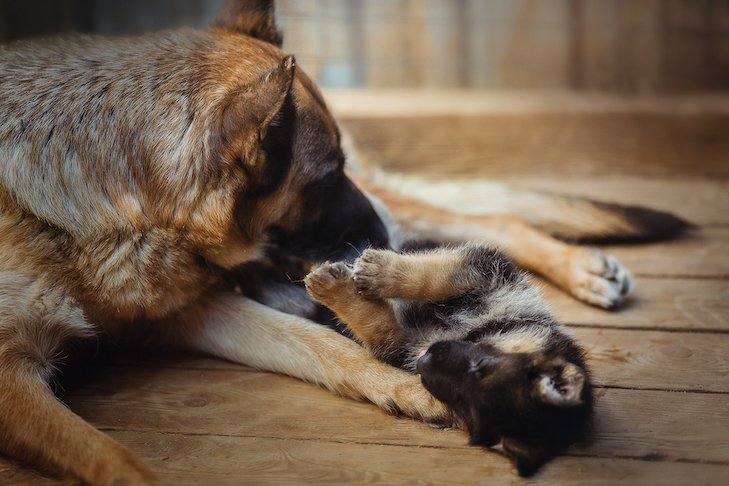
Causes of Dog Aggression
Fear is a major driver of aggression in dogs. For instance, a dog fearful of strangers might react aggressively toward a delivery person. Other causes of aggression include:
– Pain: A dog in pain might react aggressively to avoid touch or movement that could worsen their discomfort.
– Resource Guarding: Dogs may guard items they value, such as food or toys.
– Territorial Behavior: Dogs may defend their perceived territory, such as their yard.
– Protective Behavior: Dogs might protect their owners or themselves from perceived threats.
The common link in these scenarios is that the dog feels threatened or unsafe and seeks to remove or distance the source of their discomfort.
Recent research supports the view that fear plays a significant role in dog aggression. A study published in Scientific Reports found that aggressive dogs were more likely to be male, small, the owner’s first dog, the only dog in the household, and fearful. Highly fearful dogs were notably more prone to aggressive behavior than their less fearful counterparts.
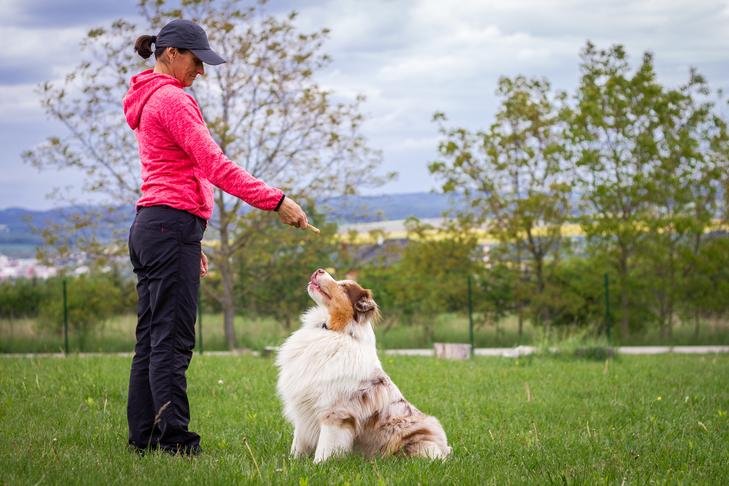
Recognizing Early Warning Signs
Identifying early warning signs can help you address potential aggression before it escalates. Michael Shikashio uses a teapot analogy: before the teapot whistles (signifying aggressive behavior), it emits early signs (like crackles) that indicate rising stress. By observing these signs, you can intervene before the aggression occurs.
Watch for signs of discomfort or stress in your dog, such as:
– Head Turn: The dog turns its head away.
– Whale Eye: The dog’s eyes show the whites.
– Freezing: The dog becomes still.
– Tail Flagging: The tail is held high and waved stiffly.
– Tucked Tail: The tail is held between the legs.
– Lip Licking: The dog licks its lips without eating or drinking.
Since each dog has unique signals, it’s essential to learn what specific signs your dog exhibits. Recognizing these early indicators allows you to address the dog’s stress before it escalates into aggressive behavior.
Treating Aggression in Dogs
Punishing aggressive behavior is not effective and can worsen the situation, potentially leading to more aggression or fear. Instead, focus on understanding and addressing the underlying causes of aggression. Seek guidance from a behavior professional to develop a tailored behavior modification plan.
Desensitization and counterconditioning are often effective methods. Desensitization involves gradually exposing the dog to the trigger at a manageable distance and intensity, while counterconditioning aims to replace negative associations with positive ones. For instance, providing treats when the dog encounters the trigger at a safe distance can help shift their perception of the trigger from negative to positive.
In addition to classical conditioning, Shikashio incorporates operant conditioning techniques, such as differential reinforcement. This involves rewarding non-aggressive behaviors in the presence of the trigger, teaching the dog alternative ways to respond.

Other Techniques
Behavior Adjustment Training (BAT) and Constructional Aggression Treatment (CAT) are alternative methods developed by experts like Grisha Stewart and Kellie Snider, respectively. Consulting with a professional can help determine the best approach for your dog’s specific needs and provide guidance on managing aggression.
Managing Environment and Behavior
While working on behavior modification, it’s important to manage your dog’s environment to minimize opportunities for aggressive behavior. Reinforcing aggressive behavior can solidify the problem, so it’s crucial to prevent scenarios where the dog can practice aggression. Addressing stress and teaching better coping mechanisms are also vital for long-term success.
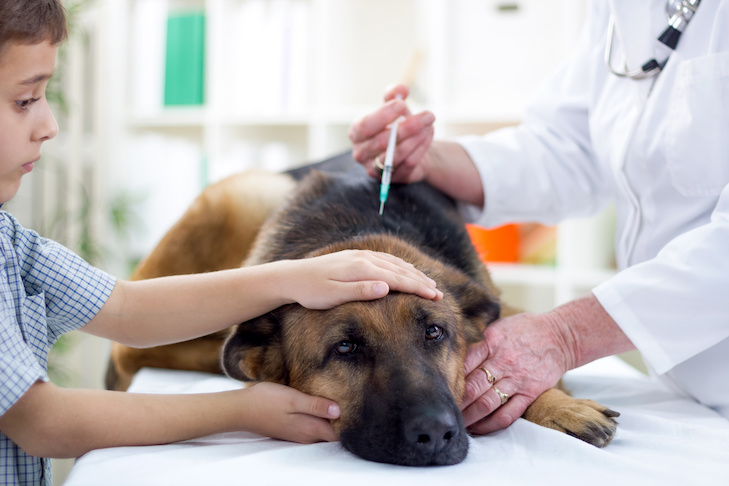
Medical Considerations
In addition to behavior modification, rule out any medical issues that might contribute to aggression. Pain or conditions like psychomotor epilepsy and hormonal imbalances can cause aggressive behavior. Your veterinarian can assess whether medication, such as anti-anxiety drugs, might help your dog better cope with triggers and improve responsiveness to behavior modification.
Hope and Progress
Living with a dog that exhibits aggressive behavior is undoubtedly challenging. Many owners feel restricted and guilty, but it’s important to remember that you’re doing your best for your dog. Even if complete elimination of aggression isn’t always achievable, progress can be made with the right tools and support. Focus on the journey and improvements rather than an ideal end goal. With patience and persistence, you and your dog can work towards a better quality of life together.


